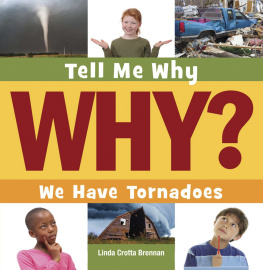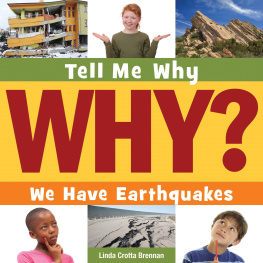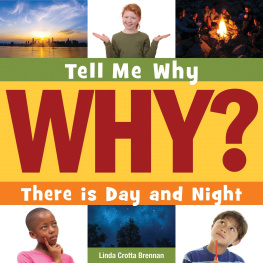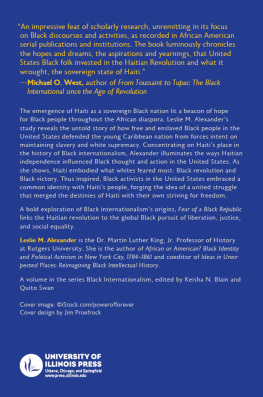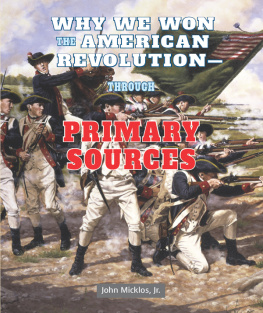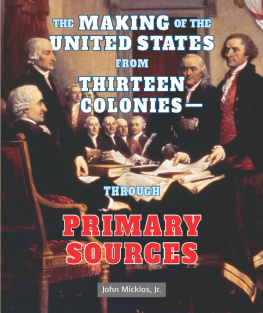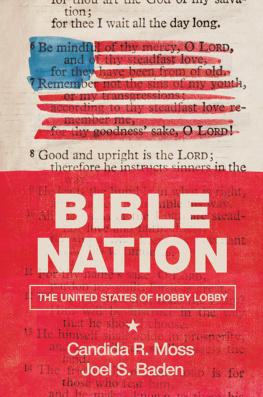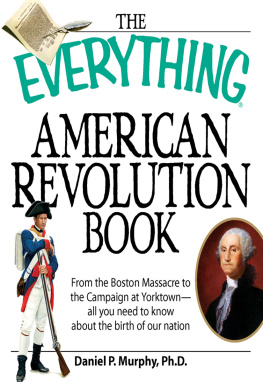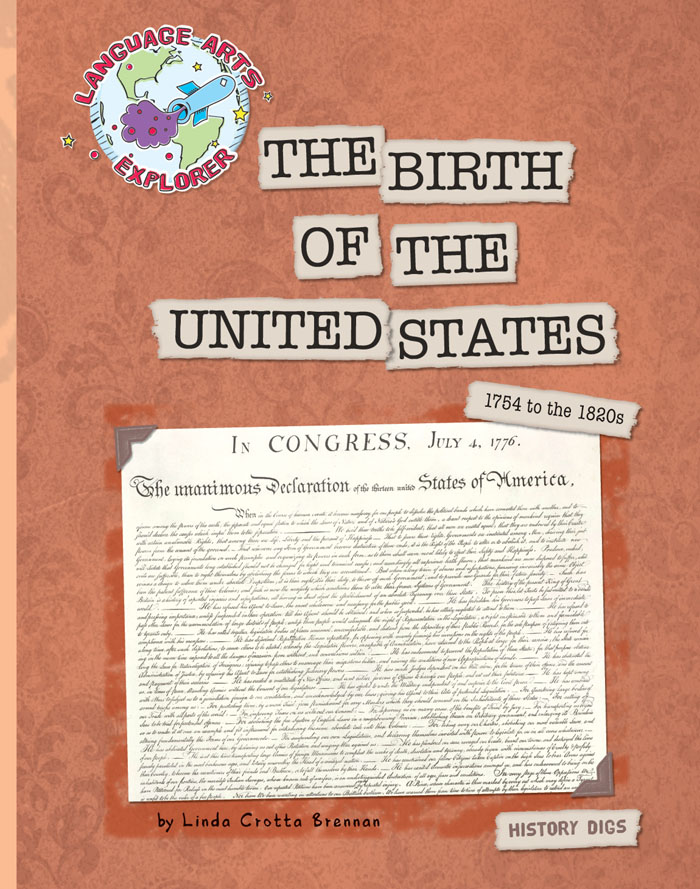

Published in the United States of America
by Cherry Lake Publishing
Ann Arbor, Michigan
www.cherrylakepublishing.com
Printed in the United States of America
Corporate Graphics Inc
September 2011
CLFA09
Consultants: Brett Barker, associate professor of history, University of WisconsinMarathon County; Gail Saunders-Smith, associate professor of literacy, Beeghly College of Education, Youngstown State University
Editorial direction:
Melissa York
Design and production:
Marie Tupy
Photo credits: National Archives and Records Administration, cover, 1, 14; Paul Revere/Library of Congress, 5, 8; North Wind Picture Archives, 7, 17, 19; American Memory/Library of Congress, 10; Currier & Ives/Library of Congress, 11; Hulton Archive/Getty Images, 13; Anne S. K. Brown Military Collection/Brown University Library, 21; Library of Congress, 23; National Archives and Records Administration, 24; Jeffrey M. Frank/Shutterstock Images, 27; Fotolia, 30
Copyright 2012 by Cherry Lake Publishing
All rights reserved. No part of this book may be reproduced or utilized in any form or by any means without written permission from the publisher.
Library of Congress Cataloging-in-Publication Data
Brennan, Linda Crotta.
The birth of the United States / by Linda Crotta Brennan.
p. cm. (Language arts explorerHistory digs)
ISBN 978-1-61080-197-3 ISBN 978-1-61080-285-7 (pbk.)
1. United StatesHistoryRevolution, 1775-1783Juvenile literature. I. Title.
E208.B84 2011
973.3dc22
2011015122
Cherry Lake Publishing would like to acknowledge the work of The Partnership for 21st Century Skills. Please visit www.21stCenturySkills.org for more information.
TABLE OF CONTENTS
You are being given a mission. The facts in What You Know will help you accomplish it. Remember the clues from What You Know while you are reading the story. The clues and the story will help you answer the questions at the end of the book. Have fun on this adventure!
YOUR MISSION
Your mission is to learn to think like a historian. What tools do historians use to research the past? What kinds of questions do they ask, and where do they look for answers? On this assignment, your goal is to learn about the Revolutionary War. What were the causes of the war? How did the war affect the people of that time? How did the war influence the kind of government the United States has now? Keep the What You Know facts in mind as you read.
WHAT YOU KNOW
- Before the Revolutionary War, America was a colony of Britain. King George III of England was the ruler.
- Not all Americans were Patriots who wanted independence. Some remained Loyalists. They didnt want to be separate from Britain.
- Before the Revolutionary War, America was a loose collection of 13 colonies. Each colony had its own government.
- After the Revolutionary War, the United States of America became an independent country.
- As an independent country, the United States needed to change from 13 colonies to 13 states with one government.

Paul Revere printed this image of the Boston Massacre, which happened on March 5, 1770. British soldiers fired into a Boston mob, causing what are considered the first deaths in the American Revolution.
A student reporter is visiting the local history museum. The museum curator is setting up an exhibit about the Revolutionary War. Learn to explore history as a historian might by reading the reporters interview with the curator.
Entry 1: FRENCH AND INDIAN WAR
Today Im at the museum with the curator, Mr. Rosa. We enter a room filled with boxes. I help Mr. Rosa slide a large picture frame out of a box. An old map is mounted inside.
Whats this? I ask him. It looks like America, but it doesnt have all of the states.
Its a map of the original 13 British colonies at the time of the Revolutionary War, explains Mr. Rosa.
We hang the map on the wall and straighten the frame.
Whats the Northwest Territory? I ask, pointing to an area west of the colonies.
It became a U.S. territory in 1784, but the British won the region from the French in an earlier war, says Mr. Rosa. From 1754 to 1763, Britain fought a war with France. The British called it the Seven Years War. Americans called it the French and Indian War. When Britain won, France gave Britain the Ohio River Valley and Canada.
THE 13 COLONIES
The 13 original colonies were New Hampshire, Massachusetts, Rhode Island, Connecticut, New York, New Jersey, Pennsylvania, Delaware, Maryland, Virginia, North Carolina, South Carolina, and Georgia. Todays state of Maine was part of the Massachusetts colony. Vermont was part of the New York colony, and West Virginia was part of the Virginia Colony.

The names of the original 13 colonies are familiar, but many had different boundaries than the modern states do today.
I frown. Thats not the war I came to learn about. What does all of this have to do with the Revolutionary War?
It all came down to taxes, says Mr. Rosa. Let me explain.
Money and Soldiers
Even though Britain won, the French and Indian War cost a lot of money. Britain needed to raise taxes to pay their debt. And they also needed money to pay more soldiers.
Why did they need soldiers if the war was over? I ask.
The British were afraid that the Indians and the French in America would cause more trouble. So the British sent nearly 10,000 soldiers back to America.
Taxation without Representation
The British Parliament passed laws taxing Americans to pay for these soldiers, Mr. Rosa explains.
Before this, Americans had only been taxed by their local colonial governments. Now they were being taxed by a Parliament in England 3,000 miles away. Americans had no representative in Parliament. They had no say in how they were taxed. They didnt think this was fair.
To fight the taxes, Americans boycotted British goods. British merchants lost money. They complained to Parliament and got the tax laws repealed.

I look over my notes. Wasnt everything okay once Britain repealed the tax laws?
Not exactly, Mr. Rosa tells me. Parliament passed new taxes. British troops were stationed in Boston to enforce the laws and on March 5, 1770, a large mob of Bostonians faced off against a small group of British soldiers. The soldiers fired into the crowd, killing five people. We call this event the Boston Massacre, and it was only the beginning of the unrest in the city. Ill explain more tomorrow when we unpack the Boston Tea Party box. 


